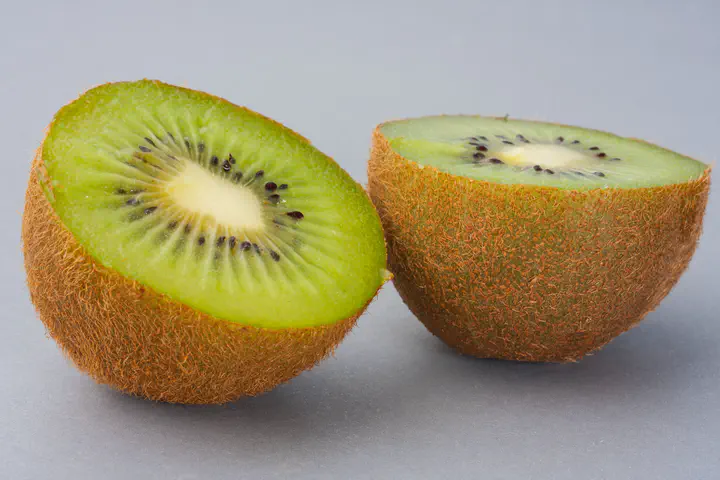Kiwifruit Vine Decline Syndrome
 Photo by engin akyurt on Unsplash
Photo by engin akyurt on UnsplashSince 2012, kiwifruit industry suffered due to the spread of a new disease called Kiwifruit Vine Decline Syndrome (KVDS), which in 2020 only caused an estimated economic loss of 300 M€. Symptomatic plants show a severe root decay leading to an irreversible wilting. This syndrome is a recent example of a complex plant disorder, which mechanisms are still poorly known. Soil waterlogging and, more in general, a low root aeration have been linked to the development of this syndrome. The most severe wilting appears with the high temperatures of mid-late summer when kiwi vines have the highest transpiration rates. Symptomatic plants collapse within two years from the first symptoms development. Root symptoms include disappearance of root hairs, breakdown of root cortex, blocked stele and xylem vessels, hypertrophy of root cortical layers, and phloem detachment from the cortex. Aboveground, symptoms include leaf necrosis and twig wilting, which could remain latent even if the root system is severely compromised, making the diagnosis more difficult. KVDS started to emerge in the northern regions of Italy in 2012, and by 2018 it was recorded over the ~12.6% of national kiwifruit orchards, ~70% of which are located in northern Italy. Currently, KVDS affects ~25% (6,560 ha) of the kiwifruit area cultivated in Italy, and it is spreading in southern Italy. Yet, the cause of KVDS development and spread are still only partially known.
KVDS-associated symptoms and its pattern of spread in Italy suggest that this syndrome might be caused by biotic factors. Specific experiments conducted under controlled conditions demonstrated the fundamental role of soil-borne microorganisms in association to waterlogging to reproduce the KVDS. Attempts to identify the putative plant pathogens led to the identification of different microorganisms including oomycetes, fungi and bacteria. However, the definition of the etiology of KVDS is still far from being clearly defined. The scientific community agrees that none of the microorganisms isolated so far can be considered as the exclusive cause of the syndrome in field conditions. Available data suggests the possible dysbiotic nature of the syndrome with a reduction in functional or beneficial community, a reduction in biodiversity, and/or an increase in pathogenic consortia associated to kiwifruit trees. Yet the causes of this hypothetic dysbiosis are unknown: the involvement of climate changes has been hypothesized but other causes such as unknown biotic factors that reduce the natural resistance of plants cannot be excluded.
The goal of our research activities is to identify the causing agent(s) of KVDS, dissect the mechanisms behind this complex syndrome, and identify control strategies that can be used to contrast its spread.